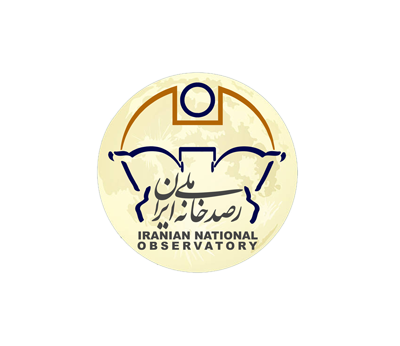Active Optics
When it comes to constructing more powerful telescopes, the shape of the primary mirror is as important as its size. This is partly done by the choice of the telescope’s optical design. In addition, a perfectly shaped mirror surface is needed to avoid distortions. In order to cancel the deformations caused by gravity or the support system in the shape of the primary mirror INO340 uses a technology called active optics. In this method an active support system would apply the necessary force to correct for gravitationally-induced deformations as the telescope changes its orientation.
The INO340 primary mirror figure will be controlled by a set of active supports based on pneumatic bellows. The system should correct all low frequency aberrations. The mirror is supported by means of axial and lateral pads.
The primary mirror is held as if it is in a zero-gravity condition by the mirror support mechanism, because supporting forces are applied exactly to cancel the 4 tons of gravitational force acting on the mirrors. This is so-called floating condition. A passive support system is intended to support the mirror for its own weight. The position of the support pads is optimized to obtain a minimum residual deformation of the mirror surface. In an active system pneumatic actuators allow the introduction of deformations on the mirror to correct optical aberrations on the wave front. The position of the actuators can be further optimized to target specific kinds of aberration. So that the carried load, the deformation and the position of the mirror are kept to their desired values.
In order to accomplish this, INO340’s active control problem is divided into two loops: an internal loop that controls the pressure in each pneumatic actuator, and an external one that monitors the position of the mirror at the three hard points.
INO340 has 60 axial actuators distributed on four concentric rings, containing from the center out, 6, 12, 18 and 24 pads, respectively. In addition, INO340 has 24 lateral supports. Hard points are designed to include load cells and were accommodated within the constrains posed by the existing design of the mirror cell.
The M2CS controls the rigid body position (5 DOF) of the M2 mirror.



